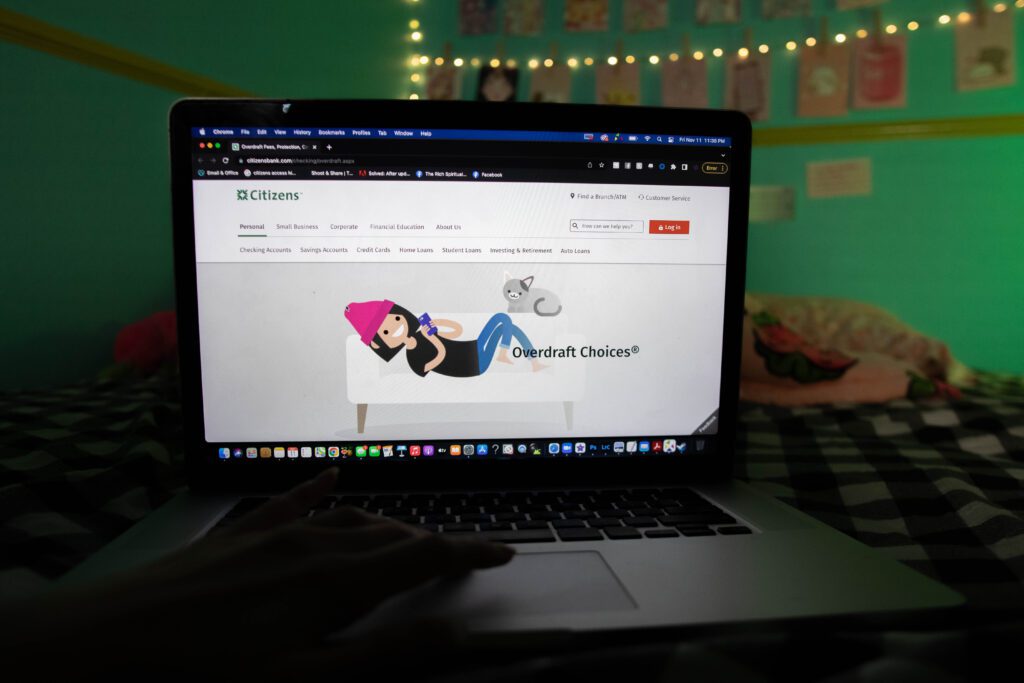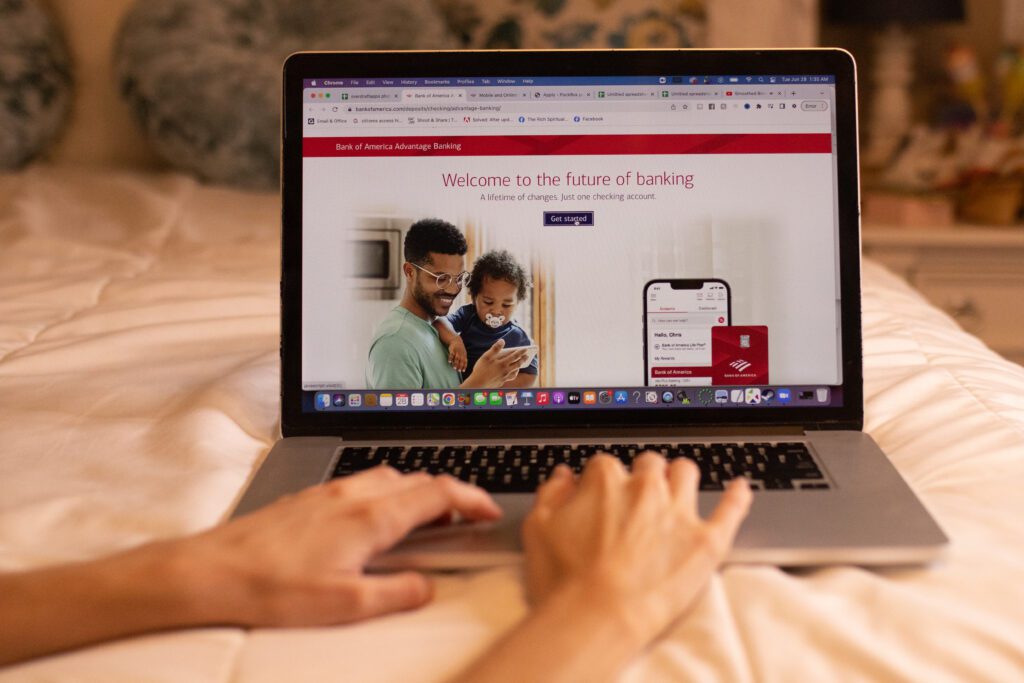Editor’s Note: Overdraft Apps provides detailed product reviews and recommendations based upon extensive research and our own hands-on testing. We may earn a referral fee when you sign up for or purchase products mentioned in this article.
If you’ve arrived here after searching for a “bank with the highest overdraft limit”, being able to overdraw your account at your bank is probably important to you.
Overdraft policies and limits vary from bank to bank and also depend on personal factors, such as your credit history, whether you’re a new customer or if you’re an existing customer, and whether your account is in good standing.
With that said, it’s tricky to pinpoint a particular bank that offers the highest overdraft limit. Without talking to a bank operative and going through your personal details and requirements, there isn’t an exact way of finding out how much of an overdraft limit a bank will give you.
As a general rule of thumb, it’s not uncommon for banks to pay overdrafts of a couple of hundred dollars if you’ve chosen to opt-in for their overdraft coverage. For large overdrafts of upwards of $1,000 however, this is much less likely; you would have to have many years of history with a bank (or a lot of savings), for amounts like this to be paid.
If you have the sort of overdraft protection where your checking account is linked to your savings, technically, you could overdraw for a transaction costing as much as your total savings. You may not be able to make transfers too often though as some banks limit the number of transfers from savings to checking (not the amount itself).
Read more on this here: How much can I overdraft my checking account?
In this article, you’ll learn about the overdraft practices of two prominent U.S. banks and if you bank elsewhere, how to find out what your existing bank can offer you in the way of overdraft protection.
Compare Personal Loans in 60 Seconds
Comparing personal loans can *literally* save you thousands of dollars in interest and fees. Whether you need a little cash, or a lot, use our quick and easy comparison calculator to find the lowest rates from a pool of top lenders.
Using our comparison tool is 100% free with zero obligation
Citizens Bank overdraft limit

Citizens Bank offers a choice of three overdraft products – traditional Overdraft Coverage, Savings Overdraft Transfer, and an Overdraft Line of Credit. Learn more about Citizens Bank overdraft policy.
Overdraft Coverage
Citizens Bank’s standard overdraft practice is to charge $35 for each overdrawn item and has a limit of allowing up to 7 overdrafts on any one business day (resulting in fees of up to $245!).
More fees come into play if your account continues to be overdrawn after four days. Citizen’s Bank will then charge a Sustained Overdraft Fee of $30 and then another $30 fee on the 8th business day. After ten consecutive business days of being overdrawn, another $30 will be charged, totalling $90 all in all.
Savings Overdraft Transfer
If you opt for this product, you can potentially cover any number of overdrafts that you need to, providing you have enough savings in your linked account to cover them. The transfer fees associated with this type of overdraft service are capped at $12 per day, even if you have multiple overdrafts. However, if you don’t have enough funds in your linked account, the standard overdraft fee of $35 will apply for each item.
Overdraft Line of Credit
An overdraft line of credit is an agreed amount you can borrow for overdrafts. You’ll be charged interest on the amount you overdraw until you pay the funds back. The limit for this type of overdraft protection varies for each person and is subject to credit approval.
To learn exactly how much you can overdraw your account, or to find out more about the different overdraft options Citizens Bank offers, you can call them directly at 1-800-922-9999.
Bank of America overdraft limit

Go to: bankofamerica.com
Two types of overdraft products are available at this bank:
Overdraft Setting
The Overdraft Setting is a feature included with your checking account which you can change to determine how you want Bank of America to handle your transactions when you don’t have sufficient funds available in your account.
Bank of America may pay overdrafts at its discretion if you choose the standard setting, subject to an Overdraft Item Fee of $35. This bank has a limit in place of up to four Overdraft Item Fees per day (or NSF Returned Item Fees per day). However, if you overdraft your debit card for an everyday non-recurring purchase, they will usually decline the transaction, without charging an overdraft fee.
Overdraft Protection
Overdraft Protection is something that you’ll need to opt into – it works by linking your checking account to another of your Bank of America accounts (e.g. savings). Each time you overdraw your checking account, the overdraft funds are transferred from your savings account with a charge of around $12 for each transfer.
Banks that let you overdraft at ATM
Not all banks will allow you to overdraft at an ATM, but some will:
- Bank of America – you may be able to overdraw at one of its ATMs, for a fee of $35 each time. You’ll be notified at the ATM whether you’re eligible to overdraw or not.
- Citizens Bank – providing you’ve opted into their debit card overdraft coverage, you will be able to overdraw at one of their ATMs (at the bank’s discretion). You’ll be charged $35 for each overdraft unless the transaction is under $5, in which case, there is no charge.
- Truist – You can opt-in to ATM and one-time debit card transactions, which means that Truist will allow you to overdraw at an ATM at their discretion. The overdraft fee associated with the Truist Fundamentals Checking account, for example, is $36 for any transaction they pay or return.
More on ATMs that let you overdraft
How to check what overdraft protection you have (if any)
You can check directly with your bank about whether you’ve set up overdraft protection on your account, by giving them a quick call.
Be sure to get your bank to run through the details of your overdraft protection, including the associated overdraft and NSF fees, so you can see if it’s suitable for your needs.
WAIT! Why borrow quick cash when you can earn it?!
Cash advance apps can be a great tool for getting a little extra cash when you need it, but you’ll need to repay it – plus fees – wihtin a week or two. Did you know there’s an easy way to earn extra cash that’s yours to keep?

KashKick is a wildly popular service that lets you earn money for playing games, completing surveys, signing up for trial offers and more. (You’ll even earn cash for just completing your profile!) You can earn cash today and withdraw your earnings through PayPal once you’ve reached $10. You can earn over $100/month with KashKick – and you don’t need to spend a dime or take out your credit card to do it.
There are dozens of high-paying offers available on KashKick, and if you’re into playing new games on your phone, you can earn some serious cash for doing what you love. Though offers change regularly, there are currently1 more than three dozen offers available where you can earn cash – sometimes over $100 – just by downloading and playing popular games like Coin Master, Monoply Go, Bingo Blitz, and more. These games are all free to download, and no in-app purchases are required to earn with KashKick.
Get paid to play on your phone >>> Check out KashKick
- Cleo App Review – $250 Cash Advances and Wiseass AI Money Management - April 24, 2024
- FloatMe Review – Simple $50 Cash Advances with Low Fees - April 17, 2024
- MoneyLion App Review: Save, Invest & Borrow up to $1,000 in One Simple App - April 15, 2024
- As of February 13, 2024. Offers may change and may not be available to all users. Eligibity requirements apply. See KashKick's Terms of Service for full details.



